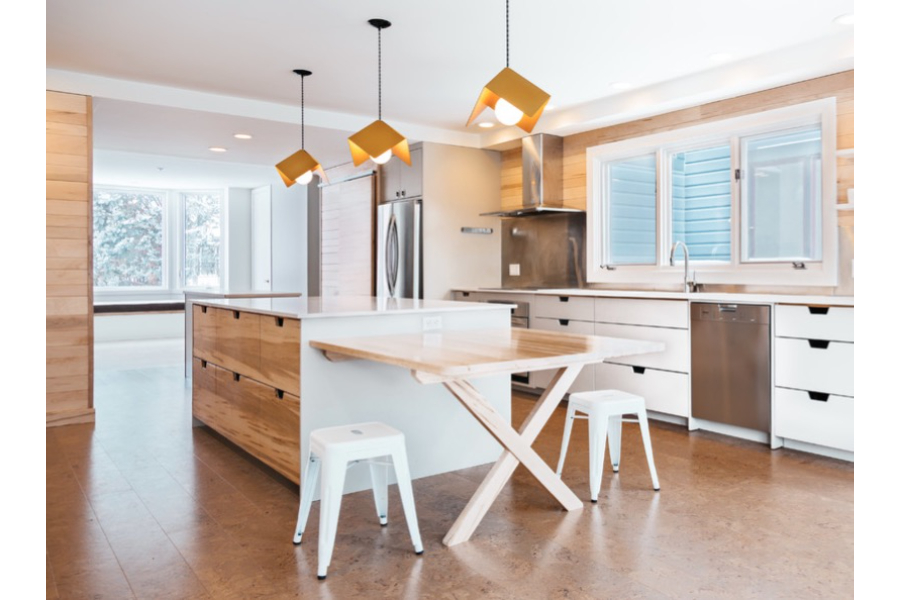

The healthcare landscape is witnessing a transformative shift towards more accessible and community-centered care models. Amidst this evolution, the role of real estate in healthcare provision, particularly in the development of Medical Land sites for urgent care facilities, has become increasingly pivotal. These sites not only address immediate healthcare needs but also represent a significant investment and strategic opportunity for healthcare providers.
Choosing the Right Location
The axiom location holds paramount importance in healthcare real estate. The strategic positioning of Medical Land sites for urgent care facilities ensures they are easily accessible to the communities they serve. Key considerations include proximity to major highways, residential areas, and commercial districts, enhancing the patient experience through convenience and visibility. This accessibility not only meets immediate healthcare needs but also strengthens the healthcare provider’s presence in the community .
Real Estate Acquisition: To Buy or Lease?
The decision to buy or lease a Medical Land site for an urgent care facility involves weighing long-term strategic goals against financial pragmatism. Leasing may offer flexibility and reduced financial burden for smaller or newer practices. In contrast, buying could secure long-term stability and equity for established providers, making it an attractive option for long-term practice and investment.
Size and Scalability
The scalability of a Medical Land site is crucial. The chosen site must not only meet the current needs of an urgent care facility but also allow for future expansion. Healthcare providers must navigate the challenge of selecting sites that are neither too large nor too small, ensuring efficient use of resources and space for both immediate and future healthcare services .
Cost Considerations and Investment Opportunities
Investing in Medical Land for urgent care facilities involves a careful analysis of costs, including the implications of location, size, and whether to buy or lease. Healthcare providers must balance these cost considerations with the potential for long-term appreciation and strategic value. Real estate in healthcare not only serves operational needs but also offers significant investment opportunities, contributing to a provider’s growth and community presence.
Speed to Market
The timeline for developing and operationalizing an urgent care facility on a Medical Land site can significantly impact its success and relevance in the community. Factors such as site readiness, zoning, and regulatory compliance play critical roles in determining the speed to market, underscoring the importance of thorough planning and strategic site selection.
Conclusion
Medical Land Urgent Care Site facilities are more than just locations for healthcare delivery; they are strategic investments that require careful consideration of location, size, cost, and scalability. As healthcare continues to evolve towards more accessible and community-integrated models, the importance of these sites in meeting the immediate and future needs of local communities cannot be overstated. Through strategic planning and investment, healthcare providers can ensure that these sites continue to play a crucial role in the healthcare ecosystem, providing valuable services to communities and solidifying their presence in the healthcare market.
For those interested in the development and strategic positioning of an Urgent Care Site within Medical Land, further insights and opportunities can be explored here.
